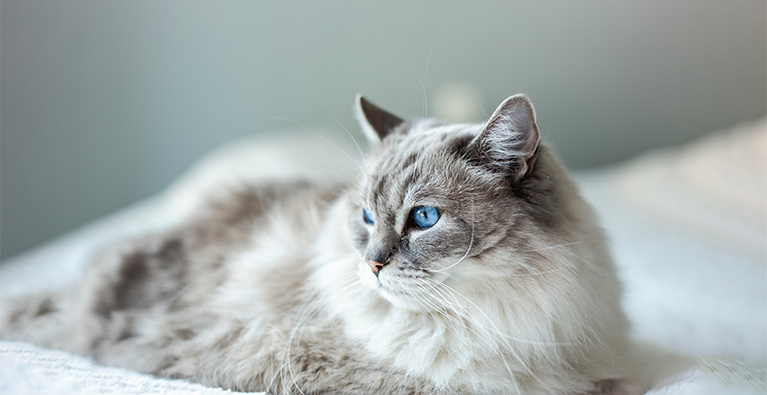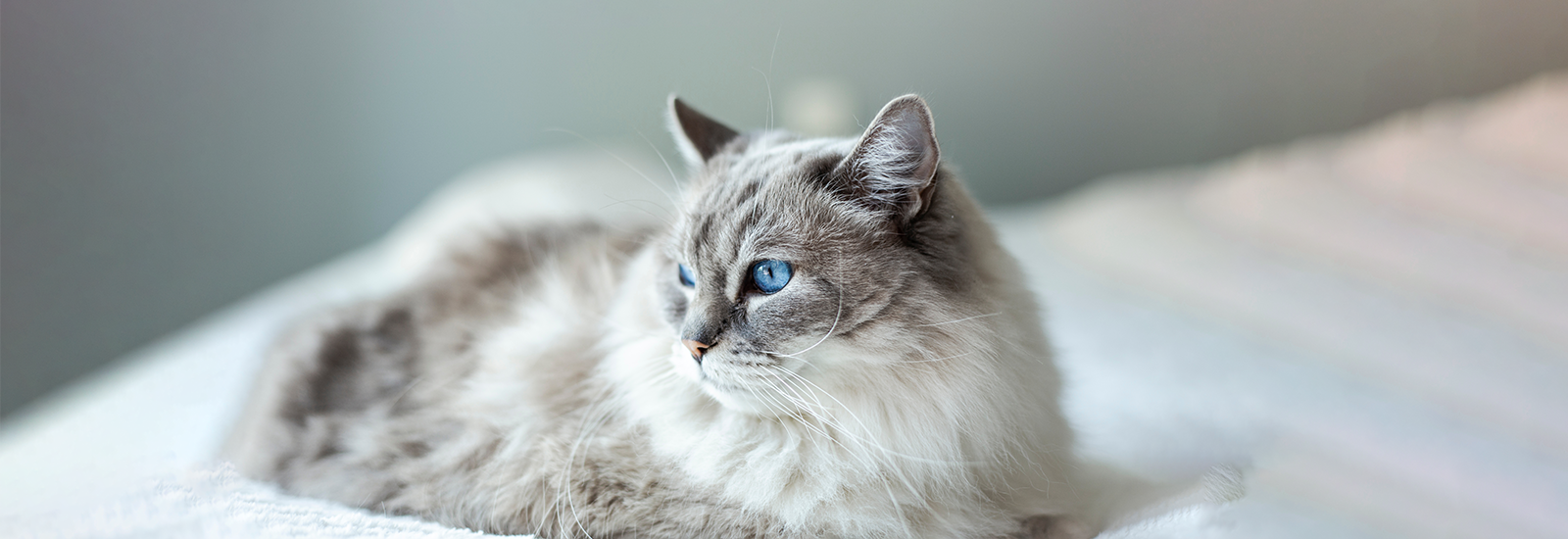Ragdoll
The Ragdoll is one of the world’s largest breeds of cat. It is, however, also one of the breeds with the sweetest temperaments. Life with a Ragdoll cat is therefore not at all problematic.
Profile of the Ragdoll cat
- Size large
- Weight female: approx. 6 kg, male: approx. 8 kg
- Origin USA
- Build heavy, strong
- Length of fur medium-long
- Colour of fur 3 patterns, 20 colours
- Grooming medium
- Behaviour easy-going, calm
- Character gentle, likes to be cuddled
Appearance and character of the Ragdoll cat
If you compare a Ragdoll with, for example, a Siamese cat, you will appreciate just how big this breed of cat is: while a male Siamese weighs a maximum of 5 kilograms, male Ragdolls can reach up to 10 kilograms. From the tip of its nose to the tip of its tail, a Ragdoll can measure up to 120 centimetres in length. Their opulent fur enhances their impressive overall appearance even further. It is of medium length, and very soft and dense. It feels like silk and is longest at the neck, giving the impression that the Ragdoll is wearing a bib. The fur comes in a wide variety of colours: the Ragdoll can be found with colourpoint, mitted and bicolour markings. There are also 20 different colours, including seal, blue, chocolate, purple, red and cream. Thanks to all the possible combinations, the beautiful Ragdoll can be found in 60 different colour varieties.
This breed of cat also has the loveliest of characters. It is devoted and trusting, hence its name. Just like a ragdoll, you can pick it up whenever you want without any problem. It places its complete trust in its humans and loves to be carried around and stroked. It also gets along well with other pets, no matter whether they are cats or other animals. It is very gentle, easy-going and calm. Ragdoll cats are unobtrusive, but thanks to their strong bond with their humans, they love to follow you around, and you should be aware that they may suddenly appear right next to you.
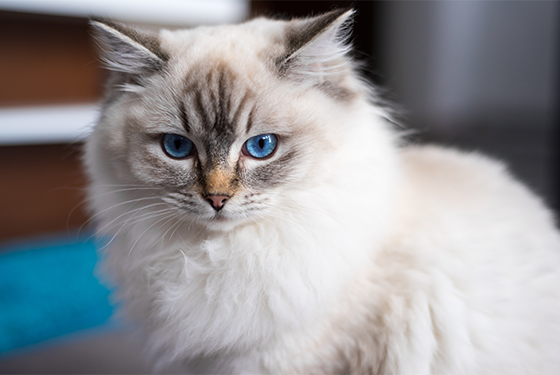
Keeping and caring for a Ragdoll cat
Thanks to its easy-going nature, owning a Ragdoll does not involve any particular challenges. It is not one of the noisier breeds of cat, and it is not particularly demanding, for example with regard to wanting to go outside. It is happy with the view from a cat-proof balcony. Letting a Ragdoll outside on its own is too risky for most owners. This is not only because of the dangers of road traffic, but also due to their trusting nature, which could result in them strolling in somewhere without a care in the world and not being able to get out again. It is much safer to simply provide them with plenty of things to keep them occupied in your home. At the same time, it is important not to forget that this is a very large breed of cat. A wobbly little cat tree will not be enough for them. Everything has to be big enough for your Ragdoll cat, and in the case of a tall cat tree, firmly secured. When your 10-kilogram male is in a playful mood, this can be quite a challenge for its belongings. This is particularly true if you have two or more cats. A single cat can only be recommended for those who are willing to invest a lot of time in their pet and are not regularly away from home for extended periods of time.
Although grooming is much easier than it is with a Persian cat, fur care is not quite as simple as with a short-haired breed. Ragdoll cats are one of the breeds with medium-length fur. To avoid matting, they should therefore be combed two to three times a week. During the main moulting periods, which usually occur twice a year, daily combing is recommended. This has a whole range of advantages: there will be less cat hair floating around your home, the moulting process will be quicker and less complicated, and there will be less risk of your cat swallowing too much fur when it licks itself. If too much accumulates in the gastrointestinal tract, it can lead to constipation.
Nutrition
Whether it’s a kitten, an adult cat or a senior – the food for a Ragdoll cat should always be of high quality and tailored to its age. Cats are carnivores by nature, so cat food should always contain a high proportion of meaty ingredients. Sugar, flavour enhancers and artificial colourings and preservatives do not belong in the food.
animonda has the ideal food for every stage of your cat’s life. You can choose between kitten, adult and senior cat food. The products are specially formulated to meet the specific nutritional requirements of the different life stages of cats. This provides the best foundation for your pet to enjoy a long and healthy life.
Ragdoll cat: health
The Ragdoll not only has a robust outward appearance, it also lives to be 12 to 15 years old on average. However, as with all breeds, hereditary diseases cannot be ruled out. These include hypertrophic cardiomyopathy (HCM). This is a heart disease that involves a thickening of the muscular wall of the heart and a progressive reduction in size of the heart chamber. This causes the heart to beat faster, which can lead to, among other things, breathing problems, loss of appetite and water retention in the lungs. Medication can help to a certain extent, however, it is far more important to make sure that the disease is avoided. This is possible by means of a genetic test. Tests are also available for other medical disorders in cats such as polycystic kidney disease (PKD). The same applies to viral diseases such as the feline immunodeficiency virus (FIV) and FeLV (feline leukosis virus).
Responsible breeders will therefore have all their cats genetically tested and will exclude any cats with health issues from breeding. For this reason, if you are interested in a Ragdoll cat, make sure that you find a reputable breeder who is able to provide you with proof of genetic testing and vaccinations in the form of medical certificates.
History and breeding
In the 1960s, the American Ann Baker took great interest in her next-door neighbour’s new litter of kittens. Their Angora cat had given birth to particularly large kittens with long fur and beautiful blue eyes. She decided to use them to create her own breed of cat, so she purchased one of the kittens and started a breeding programme with other cats, the exact type of which is unknown. However, she stood in her own way to quick success, because she had her new breed patented and only allowed buyers to continue breeding if they acquired a licence. This was not to everyone’s liking. There were disagreements, which led to some breeders no longer working with her, although they probably continued with breeding. They played a large part in ensuring that the breed did not die out years ago and were not dissuaded from breeding when, in 1975, Ann Baker obtained copyright protection for the name Ragdoll. After all, they had already used this name before. New breeders were, however, not allowed to use it without permission until 2005.
The Ragdoll was recognised by the American Cat Fanciers’ Association (CFA) in 1965. Due to the difficulties associated with breeding, the spread of the Ragdoll was very slow. However, in 1991 it was also recognised by the European breeding association FIFe. Although the Ragdoll is not one of the most commonly bred or owned types of cat, it has nevertheless now achieved considerable popularity.
You may also like this

Feeding kitten - nutrition tips
What small kittens need for healthy development

Good cat food
How to recognize good cat food for your darling
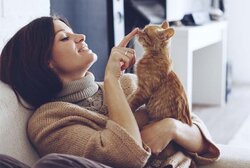
A kitten is moving in
Tips for collection, initial equiment and settling in
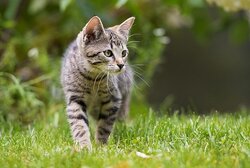
Getting your cat used to beeing outside
How to get yout cat used to going outside
